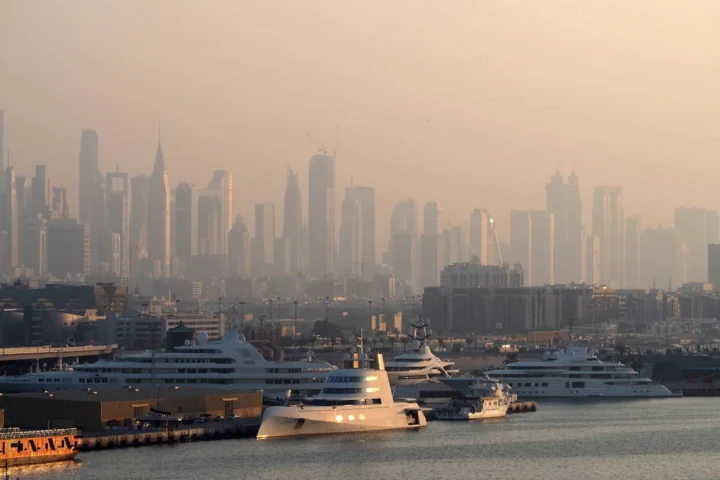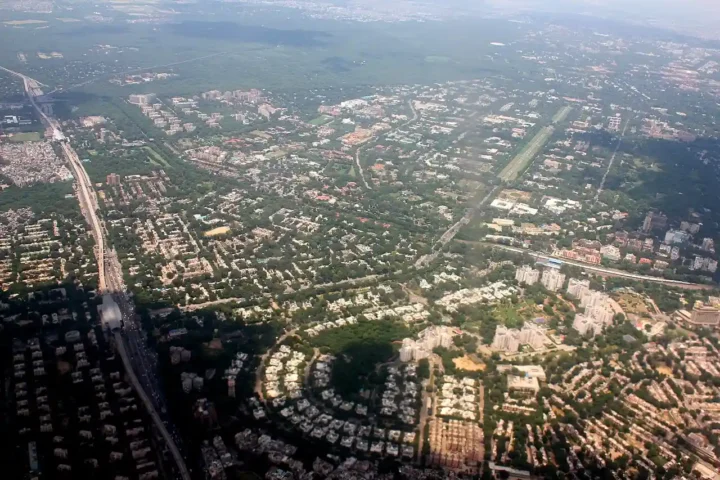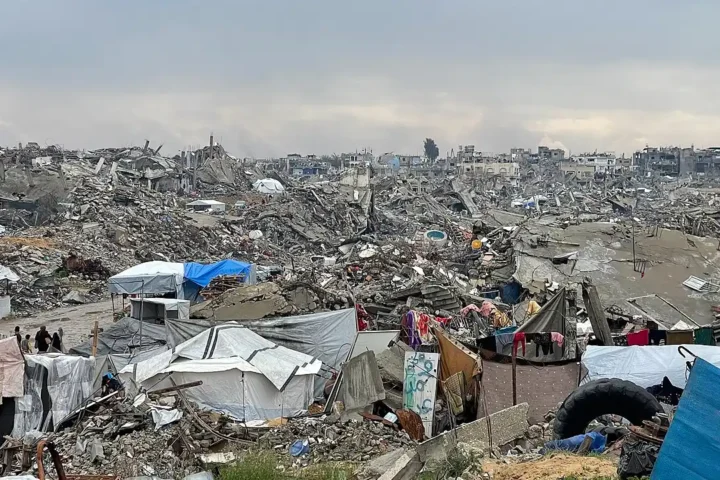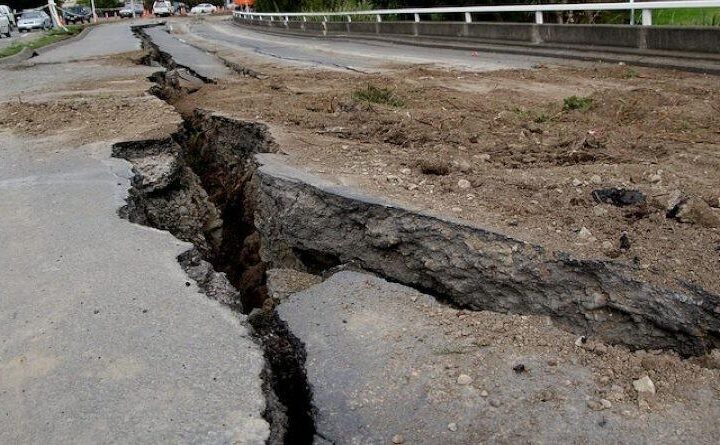New York’s Metropolitan Transportation Authority (MTA) has secured full funding for its largest-ever capital investment plan, setting the stage for a major overhaul of the city’s aging transit infrastructure. The $68.4 billion plan for 2025-2029 will repair and modernize a system that has suffered from decades of deferred maintenance.
The MTA Board recently approved resubmitting the plan to the state’s Capital Program Review Board in Albany, after initial funding hurdles were resolved through the New York State budget. This marks a turning point for a plan that was previously rejected in December 2024 due to significant funding gaps.
“This is the first capital plan based on a comprehensive review of the condition of this priceless system,” said MTA Chair and CEO Janno Lieber. “It unapologetically puts the spotlight on maintaining and modernizing the infrastructure New Yorkers depend on every day.”
The plan tackles critical problems that have long plagued New York’s transit system. More than 90% of the funding is dedicated to what transit officials call “state of good repair” work – essentially fixing what’s broken after years of neglect.
Many of the subway’s signal systems date back to the 1930s, contributing to frequent delays. The plan will modernize 75 miles of these outdated signals, which is expected to save passengers on those lines about 12,000 hours of travel time each weekday.
Power failures have also caused major disruptions. Over the next two decades, more than 75% of the subway’s major power substation components will exceed 50 years of age, increasing the risk of system-wide outages. The plan addresses this by rebuilding or repairing more than 80 power substations.
Riders will see 2,000 new railcars, including 1,500 for NYC Transit and 500 for commuter rail lines. These newer models break down six times less frequently than the oldest cars currently in service. Additionally, 2,500 new buses will be purchased, with 500 being zero-emission electric models.
Similar Post
The plan also tackles accessibility issues. Currently, only half of all riders use stations that are accessible to people with disabilities. By making at least 60 additional stations ADA-compliant, this number is expected to increase to 70%.
Climate change has exposed vulnerabilities in the system, with flooding from extreme weather causing significant disruptions. The plan includes measures to protect vulnerable infrastructure, including Metro-North’s Hudson Line.
The economic impact extends beyond improved transit service. A 2024 study by Ernst & Young projects the plan will generate $106 billion in economic activity and support more than 70,000 jobs statewide.
MTA Chief Financial Officer Kevin Willens emphasized the importance of this investment: “Funding transit, whether operating or capital, should be treated like a core government service like water, sanitation, and healthcare. It is an investment in infrastructure that is critical to the economy of the city and the state.”

Work has already begun on several major components, including signal modernization on the Fulton and Liberty subway lines and preliminary design for the Interborough Express, a proposed 14-mile light rail connecting Brooklyn and Queens.
The MTA expects to achieve significant cost savings by performing nearly half of the proposed work in-house rather than through outside contractors. MTA Construction & Development has reported saving $3 billion in its first five years through similar efficiency measures.
This plan represents the first capital program based on the MTA’s Twenty-Year Needs Assessment, which identified aging infrastructure, climate change, and changing rider needs as the biggest challenges facing New York transit over the next two decades.


















